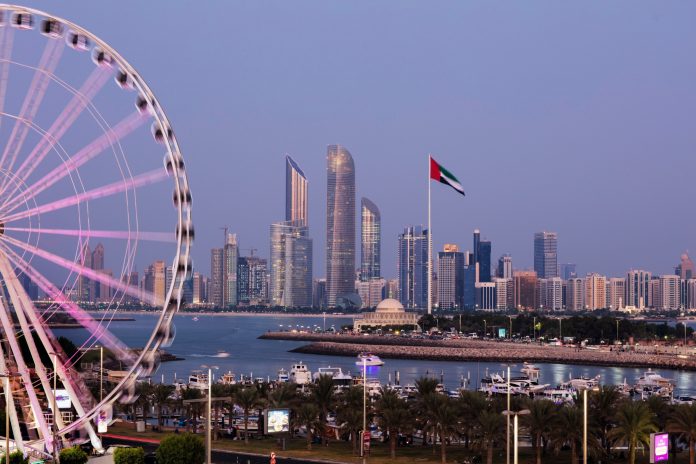
The UAE’s non-oil private sector closed 2024 on a high note as the Purchasing Managers’ Index (PMI) reached 55.4 in December, its highest in nine months. The latest data from S&P Global underscores strong market conditions, buoyed by increased client demand and rising business activity.
Key Highlights:
- PMI Growth: The UAE PMI rose from 54.2 in November to 55.4 in December, well above the 50.0 threshold that signals growth.
- New Business Surge: December recorded the sharpest increase in new business in nine months.
- Dubai PMI: The Dubai PMI rose to 55.5, reflecting stronger regional growth driven by rising orders and output.
Accelerated Activity and Sales Growth
The UAE saw a robust rise in business activity, supported by favorable market conditions, ongoing projects, and discounted prices. Companies also reported higher domestic demand, although international sales showed a slower pace of growth.
Increased orders and projects led to higher production levels, with output growth reaching its strongest since April 2024. While businesses were able to meet this demand surge, the rapid expansion strained capacity, causing backlogs of work to rise at their sharpest rate in seven months.
Workforce and Inventory Challenges
Despite rising activity levels, firms struggled to expand their workforces. Employment growth remained subdued, increasing at one of the slowest rates in over two-and-a-half years. Businesses cited margin pressures and constrained resources as key factors limiting recruitment.
On the inventory side, input purchases rose sharply, but materials were quickly utilized to meet operational needs, resulting in a slight decline in input inventories for the second consecutive month.
Input Costs and Pricing Trends
Input cost inflation eased to its slowest pace since March 2024. Although firms faced cost pressures from raw materials, shipping, and technology, the overall rise in purchase prices remained modest. Wages also rose slightly but did not significantly impact overall costs.
Businesses continued to lower output charges to stay competitive, with December marking the third consecutive month of price reductions. However, the rate of decline was the slowest during this period, hinting at stabilizing pricing strategies.
Regional Performance: Dubai
Dubai outperformed the national average, with its PMI climbing from 53.9 in November to 55.5 in December. The emirate’s strong performance was driven by rising demand and higher output, though optimism towards future growth fell to its lowest since May 2021.
Optimism for 2025
While non-oil businesses remain optimistic about the year ahead, confidence levels have softened. Firms continue to express concerns about capacity strains and recruitment challenges, which could limit their ability to fully capitalize on growing demand.
David Owen, Senior Economist at S&P Global Market Intelligence, highlighted the strong position of the UAE’s non-oil sector heading into 2025. However, he emphasized the need for increased workforce expansion to address backlogs and sustain growth.
Outlook
As the UAE prepares for 2025, its non-oil private sector remains a critical driver of economic resilience. With softening input costs and sustained demand, businesses are well-positioned for further expansion despite ongoing capacity challenges.































